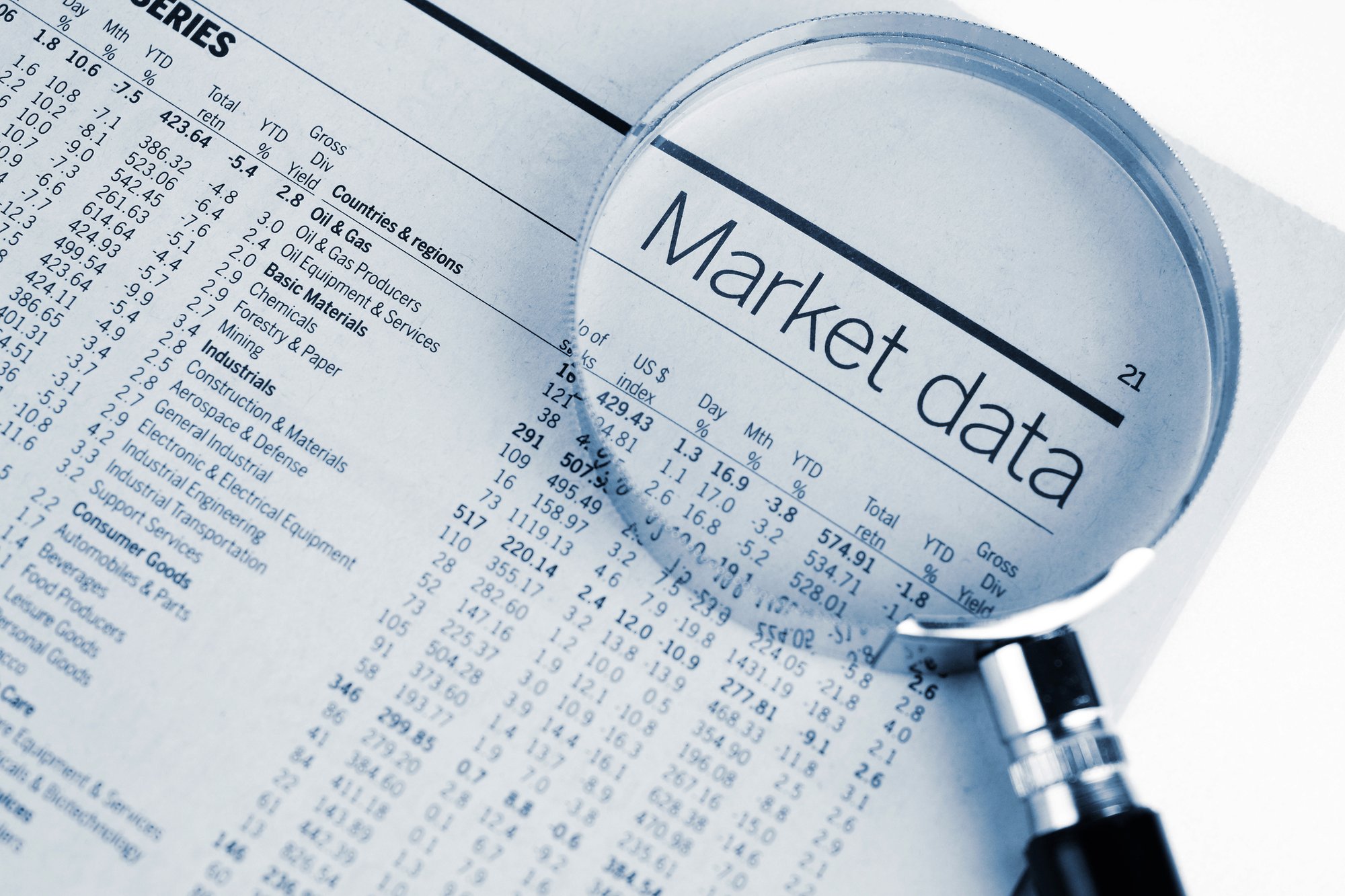
The S&P 500 has been playing a game of musical chairs with record highs, and somehow, it’s managed to land on five in five days. By Friday, July 25, it was as if the market had finally remembered where it left its keys. The bullish energy is so palpable, I half-expected to see a ticker tape parade in my neighborhood. But here I am, clutching my copy of The Intelligent Investor, wondering if I’ve been living in a parallel universe where “buy the dip” is a mantra and “sell the rally” is a foreign language.
The new normal, or a cruel joke?
The S&P 500, that paragon of market breadth, is less a barometer and more a fickle friend. It includes 500 companies, which is like saying a dinner party has “a variety of guests” when actually, it’s just your uncle and his parrot. According to JPMorgan, the index hits a record high roughly once every 15 trading days. That’s not a frequency; it’s a habit, and habits are hard to break. But here’s the kicker: when it does break, it tends to keep going. Like a toddler on a sugar rush, it’s hard to stop.
And yet, the idea that the market “never declines more than 5%” after a high feels like a promise made by someone who’s never had to deal with a rainy day. It’s the financial equivalent of saying, “This is the best day of your life,” while you’re still stuck in a traffic jam. I’ve seen markets rise and fall with the consistency of a pendulum, and I’m not convinced the pendulum has stopped swinging.
Why I’m not buying the hype
Goldman Sachs, that bastion of financial wisdom, claims that buying on record highs has historically outperformed random days. I’m not sure if this is a case of “the emperor has no clothes” or “the emperor is wearing a suit made of confetti.” The numbers look good on paper, but paper can’t buy groceries. The table below, which compares returns, feels like a magician’s trick—dazzling, but with a hidden hand.
| Time Period | S&P Forward Return (From Any Given Day) | S&P 500 Forward Return (From Record Highs) |
|---|---|---|
| 6 Months | 6% | 6% |
| 1 Year | 12% | 13% |
| 2 Years | 25% | 29% |
| 3 Years | 40% | 46% |
| 5 Years | 75% | 81% |
These numbers are as comforting as a broken toaster. They suggest a pattern, but patterns are like rainbows—they’re beautiful until they disappear. JPMorgan’s data is a reminder that history is a fickle friend, and I’ve learned to treat it with the same skepticism I reserve for my mother-in-law’s advice.
So, what’s the takeaway? That the market is a paradox, a place where logic and chaos dance together. I’ve spent years trying to decode it, only to realize it’s less a puzzle and more a riddle with no answer. The S&P 500’s current valuation—22.2 times forward earnings—is a red flag, like a neon sign that says “Danger: High Risk.” And let’s not forget the tariffs, that modern-day boogeyman that could turn the market into a house of cards.
In the end, I’ll stick to my contrarian roots. While others chase the high, I’ll be the one muttering, “This can’t end well.” But hey, if the market wants to play a game of chicken, I’ll be the one holding the steering wheel, wondering why I ever trusted a spreadsheet in the first place.
🧠
Read More
- Silver Rate Forecast
- Gold Rate Forecast
- Красный Октябрь акции прогноз. Цена KROT
- MSCI’s Digital Asset Dilemma: A Tech Wrench in the Works!
- Dogecoin’s Big Yawn: Musk’s X Money Launch Leaves Market Unimpressed 🐕💸
- Bitcoin’s Ballet: Will the Bull Pirouette or Stumble? 💃🐂
- Guardian Wealth Doubles Down on LKQ Stock With $1.8 Million Purchase
- Binance and Botim Money Join Forces: Crypto in the UAE Gets a Boost-Or Does It? 🚀
- Twenty One Capital’s NYSE debut sees 20% fall – What scared investors?
- Monster Hunter Stories 3: Twisted Reflection gets a new Habitat Restoration Trailer
2025-07-26 11:04